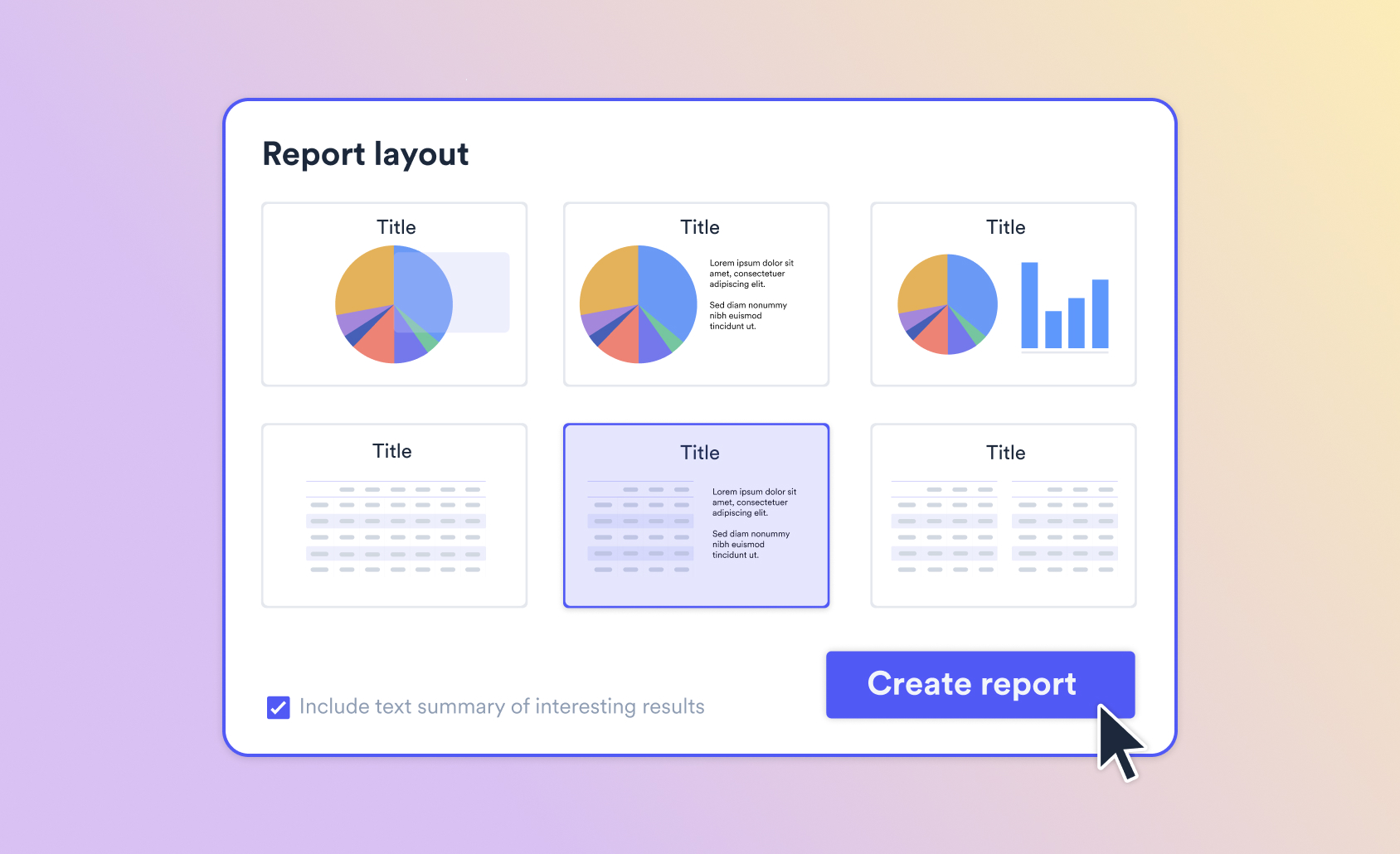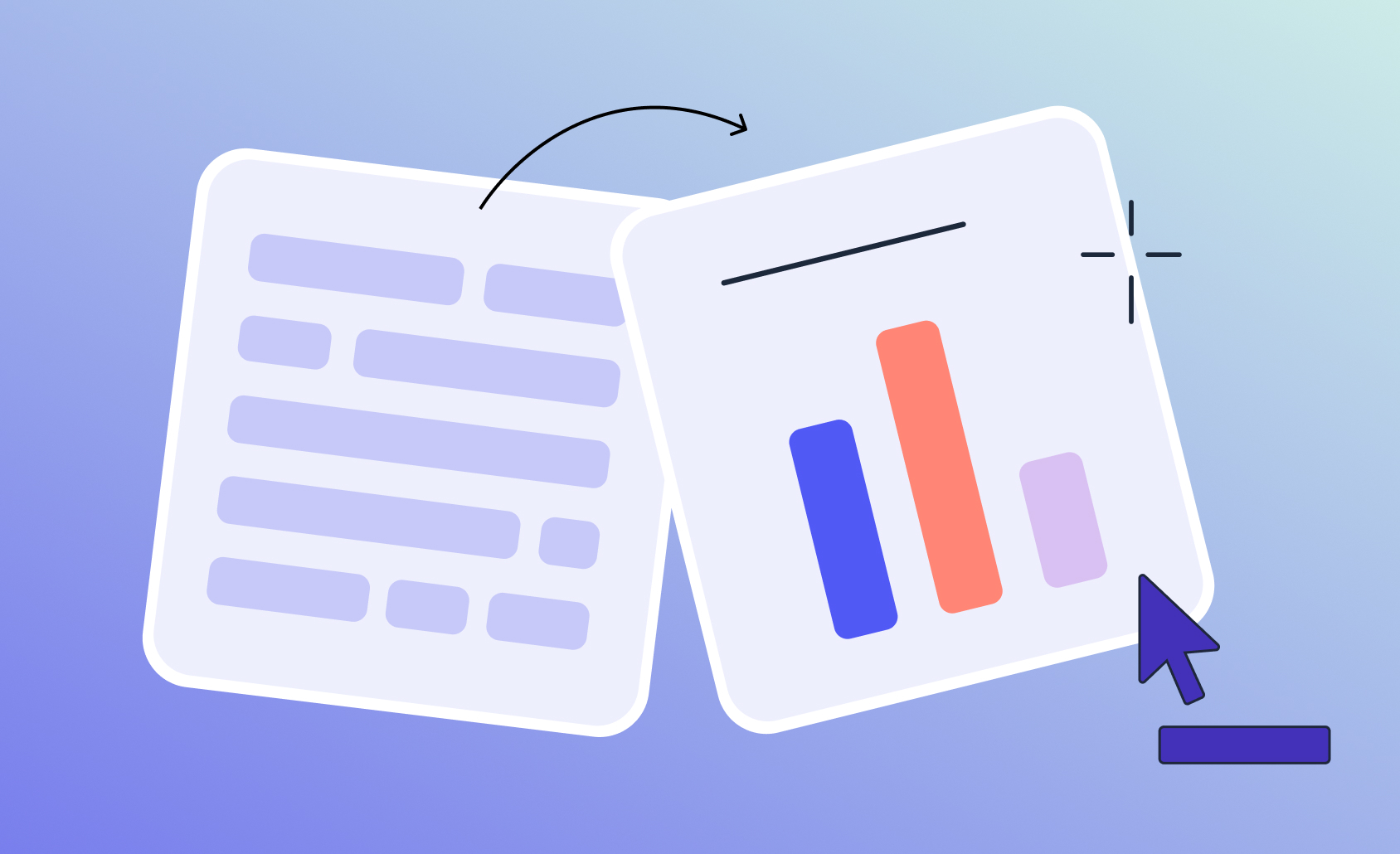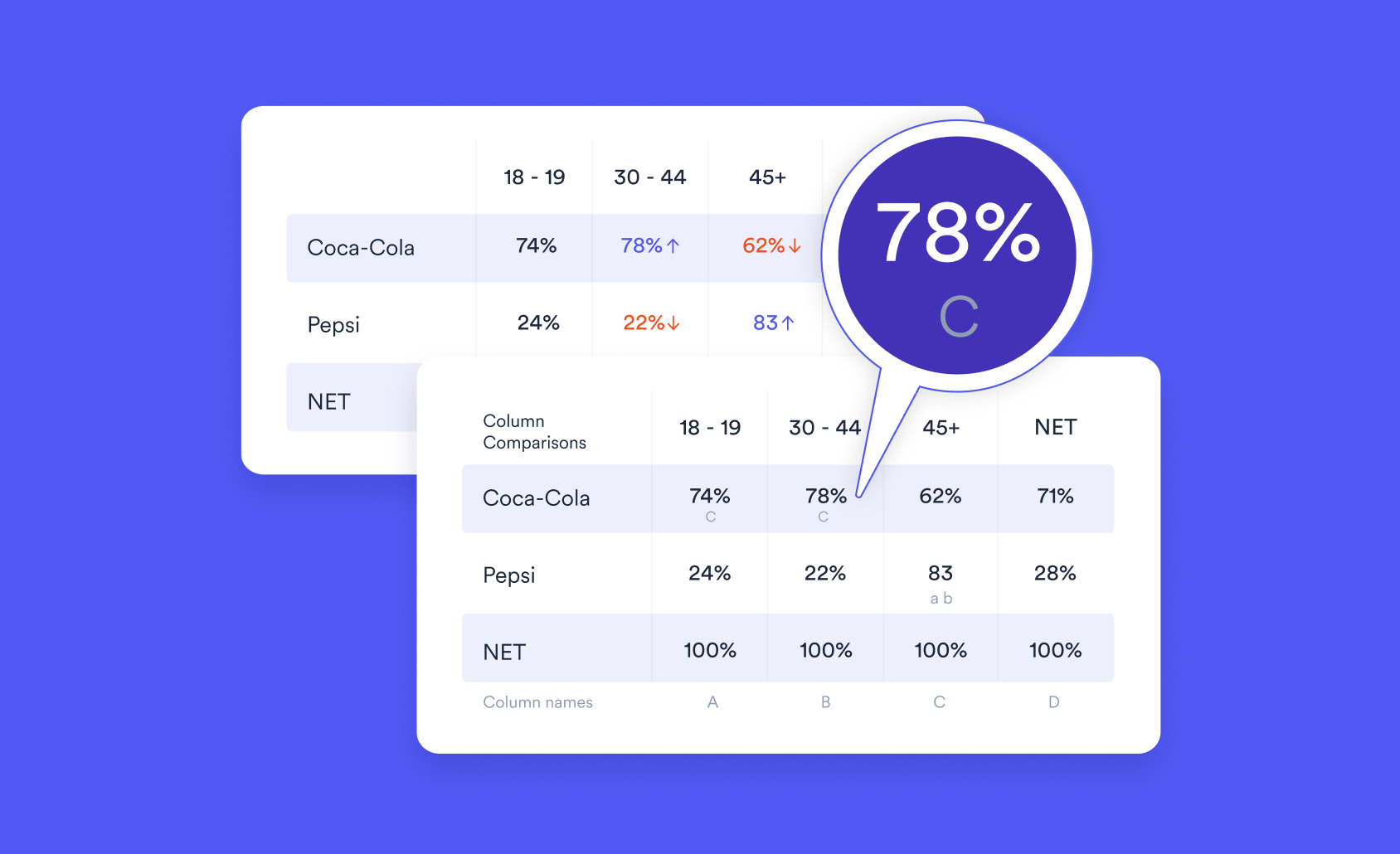
Survey Text Analysis | Key Techniques for Extracting Meaningful Insights

Why Do We Need Text Analytics for Surveys?
Survey text analysis enables organizations to extract valuable insights from free-form survey responses. By applying advanced techniques like sentiment analysis, topic modeling, and text mining, businesses can transform raw feedback into meaningful data that informs decision-making.
In this guide, we will walk you through the key techniques for extracting actionable insights from survey data, from the initial setup of your survey to the analysis of open-ended responses.
1. Sentiment Analysis: Gauging Emotional Tone in Responses
Sentiment analysis is a powerful technique for understanding the emotional tone behind survey feedback. By classifying responses as positive, negative, or neutral, this technique helps you quickly gauge how customers feel about a product, service, or experience.
To apply sentiment analysis when analyzing survey responses:
- Step 1: Process Open-Ended Responses: After gathering survey responses, use sentiment analysis tools to automatically detect the emotional tone of the text.
- Step 2: Look Beyond Positive/Negative: Advanced sentiment models can classify emotions into more specific categories, such as anger, frustration, or satisfaction, offering deeper insights.
- Step 3: Interpret the Results: You can use sentiment analysis results to identify potential issues. For example, if many responses are negative, it might highlight areas in need of improvement, such as product quality or customer support.
Analyze the sentiment of your survey responses and more.
Start a free trial of Displayr.
2. Topic Modeling: Identifying Key Themes in Open-Ended Responses
Topic modeling organizes large volumes of text data into meaningful categories or themes. This technique helps you uncover recurring topics that are important to respondents but might not be captured through structured survey questions.
How to Apply Topic Modeling:
- Step 1: Choose the Right Tool: Use text analysis platforms (like MonkeyLearn, TextRazor, or Displayr) to run topic modeling algorithms on your open-ended survey responses.
- Step 2: Define Categories: Let the tool categorize the responses into relevant topics such as Customer Service, Product Features, or Pricing.
- Step 3: Analyze the Results: Review the topics to identify common themes. For example, if a significant number of responses mention "delivery delays," you can create a new action plan to improve logistics.
3. Text Mining: Uncovering Hidden Patterns in Survey Data
Text mining uses statistical techniques to analyze text data for hidden patterns, correlations, and trends. This method allows you to uncover underlying patterns and emerging themes that might not be immediately apparent through manual review.
How to Apply Text Mining:
- Step 1: Clean and Preprocess the Text: Before performing text mining, ensure that the data is cleaned—remove irrelevant content, standardize formatting, and handle spelling errors.
- Step 2: Apply Text Mining Algorithms: Use statistical models to identify patterns in the data. For example, you might discover that negative feedback about product quality spikes in certain geographic regions or that service issues are more common after product updates.
- Step 3: Visualize and Interpret: Use data visualization tools like Displayr to represent trends—word clouds, graphs, or heat maps can help you easily spot patterns and correlations in large datasets.
4. Estimating Quantitative Metrics from Text Data
While open-ended responses provide rich qualitative insights, integrating text analysis with quantitative metrics (like CSAT or NPS scores) can provide a fuller picture of customer satisfaction and sentiment. Advanced text analysis tools can even help you estimate these metrics directly from open-ended feedback.
How to Estimate Metrics:
- Step 1: Perform Sentiment and Theme Analysis: Analyze your survey responses using sentiment analysis and topic modeling.
- Step 2: Use Sentiment Scores to Estimate CSAT: You can estimate CSAT scores by evaluating sentiment (e.g., high positive sentiment corresponds to a higher CSAT score).
- Step 3: Combine with NPS Insights: If you are collecting Net Promoter Score (NPS) data, use sentiment analysis to classify responses as promoters, passives, or detractors and estimate an overall NPS score.
Pro Tip: Use tools like Displayr to combine sentiment analysis with your survey metrics to automate the estimation of CSAT or NPS scores based on open-ended feedback.
5. Dashboard Design: Making Survey Data Actionable
Building easy-to-understand text analysis dashboards is a key component of survey text analysis, enabling you to present complex insights in a digestible and actionable way. How to Visualize Survey Insights:
Consolidating insights into visual dashboards to track key metrics and monitor changes over time makes it easier for teams to act quickly.
Best Practices for Extracting Meaningful Insights from Survey Text
To ensure that you are getting the most out of your survey text analysis, follow these best practices:
- Ensure High-Quality Data: Clean your survey responses thoroughly before analysis to avoid inaccuracies.
- Regularly Update Your Models: As customer needs evolve, make sure your text analysis models are kept up-to-date with emerging topics and new language trends.
- Engage Stakeholders in Analysis: Share your insights with key teams—marketing, product, customer service—to ensure that the findings lead to actionable strategies.
- Combine Qualitative with Quantitative Data: Balance survey text analysis with structured survey data to validate your findings and make well-rounded decisions.
- Close the Feedback Loop: Show customers that you’ve acted on their feedback by making improvements and communicating these changes.
Take Control of Your Own Survey Data
Survey text analysis is a powerful tool for extracting actionable insights from open-ended feedback. By employing techniques like sentiment analysis, topic modeling, text mining, and data visualization, you can unlock deeper customer insights that go beyond surface-level survey responses.
With Displayr's AI text analysis tool you can easily implement each of these techniques to unlock more value from your surveys.



